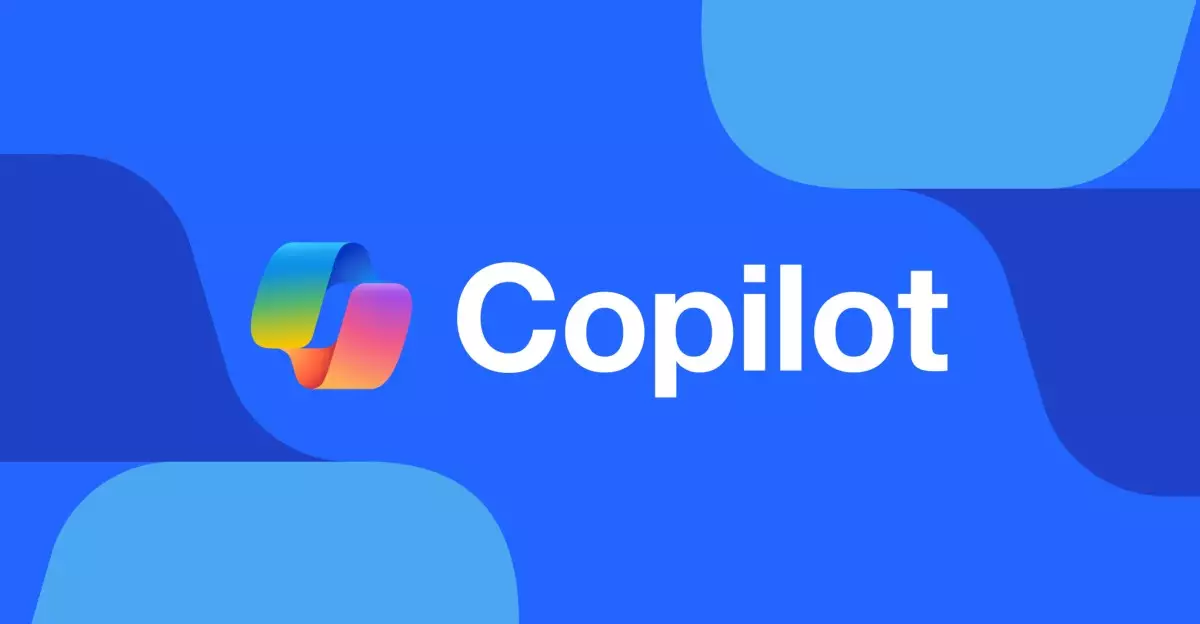As the landscape of artificial intelligence continues to evolve, Microsoft is making significant headway by introducing multi-step reasoning AI capabilities into its Microsoft 365 Copilot. Recent announcements following Google’s and OpenAI’s showcases have highlighted the arrival of two pioneering AI agents—Researcher and Analyst. These innovations not just mark a technological advancement but signify a crucial shift in how businesses will interact with artificial intelligence moving forward.
Deep Reasoning for Complex Solutions
Researcher, leveraging OpenAI’s powerful deep research AI model, allows business users to conduct intricate multi-step research more efficiently than ever. This capability is essential in an era where data is abundant but often overwhelming. By harnessing connectors to tools like Salesforce and ServiceNow, Researcher promises to synthesize disparate data sets, enabling companies to glean actionable insights that can drive strategic decisions. It’s a game-changer, allowing users to abandon tedious manual processes and approach data with a more sophisticated analysis that prioritizes clarity and relevance.
Empowering Data Science with Analyst
On the other hand, the Analyst agent showcases an impressive application of data handling skills. Built upon OpenAI’s o3-mini reasoning model, this AI can transform raw data into meaningful spreadsheets while simultaneously running Python code in real-time—a feat that would traditionally require professional data scientists. This democratization of data science means more individuals within an organization can engage in data-driven decision-making without needing extensive training in programming or data analysis. The implications here are vast; companies can scale their analytic capabilities rapidly and at reduced costs, leading to enhanced productivity and innovation.
Autonomous Agents: A Paradigm Shift in Automation
The ambitions of Microsoft go beyond just these two agents. The company is rolling out new autonomous agent capabilities in Copilot Studio, which promise to “automate any task you can imagine.” This is a bold claim, challenging traditional automation paradigms. The example of directing feedback emails correctly illustrates a keen awareness of common workplace inefficiencies. Still, it raises questions regarding its practical execution compared to existing methods. The extent to which these low-code experiences can truly streamline operations remains to be seen. Early users may find out if this radical approach effectively integrates into everyday workflows or if it runs the risk of overcomplicating tasks that could be simpler with traditional tools.
The Challenge of Expectations
While the prospects are exciting, they also come with a precarious edge. It is crucial to maintain a level of skepticism about these claims, as past promises from AI companies have not always translated into tangible results. Can Microsoft deliver on its promise of smarter, more efficient workflows? Will the learning curve for these advanced tools pose a barrier to entry for average users? As we stand on the brink of this transformation, the true test will be how these tools adapt to real-world challenges and improve user experience without overwhelming them.
In a tech landscape teeming with innovation, Microsoft’s latest offerings challenge the status quo and push us closer to realizing the full potential of AI in our everyday professional lives. Whether these tools will indeed revolutionize our approach to work remains an open question, but the anticipation itself is a significant step forward.

